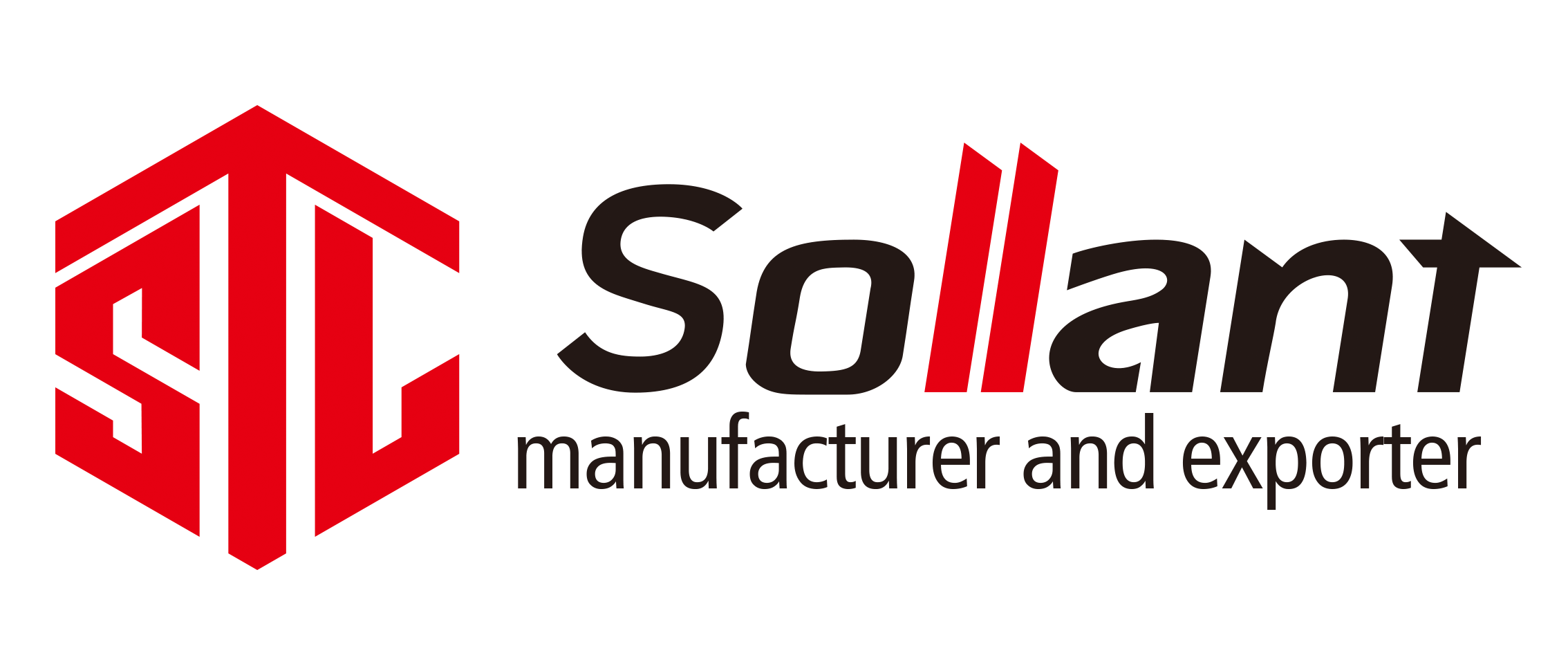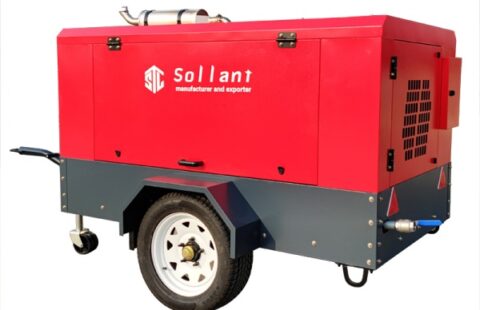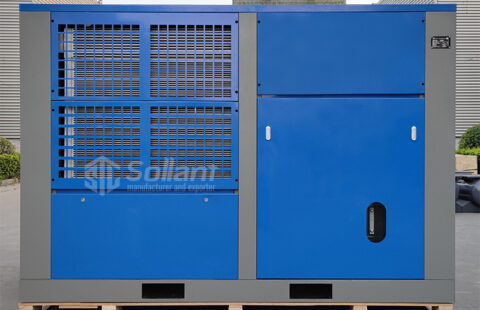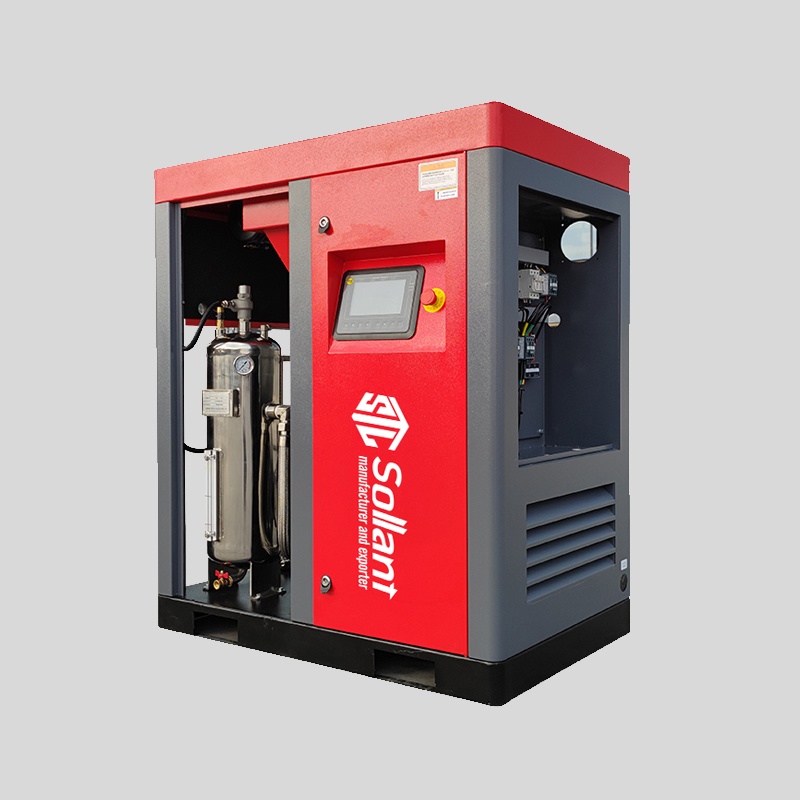
The occurrence of oil leakage incidents in air defense compressors
What is the cause of oil leakage and how should we handle it
01.The main cause of oil leakage is poor material or process of air compressor accessories, and structural design problems; Improper assembly process, such as unclean mating surfaces, damaged or displaced pads; Uneven tightening force or loose detachment of the fastening nut can lead to the failure of the working parts; Excessive wear, aging, deterioration, deformation and failure of sealing materials after long-term use; Excessive or inconsistent addition of lubricating oil; The surface deflection deformation and shell damage of the air compressor accessories cause lubricating oil to seep out; After the ventilation plug and one-way valve are blocked, oil leakage occurs at the weak sealing area due to the pressure difference inside and outside the box shell.
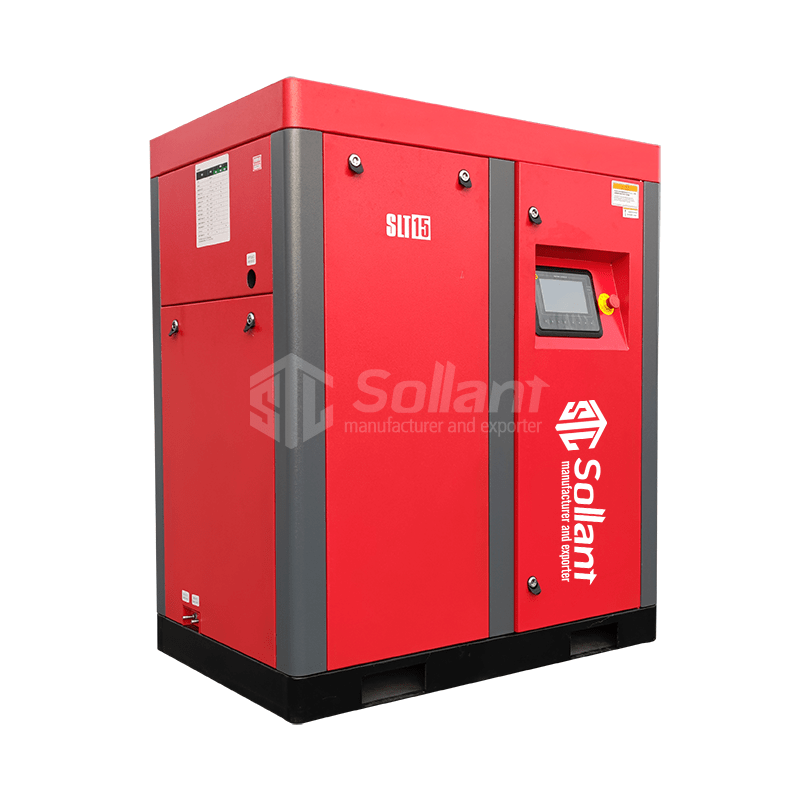
02 Main methods for controlling oil spills
① Install the gasket correctly. The gasket between the parts of the air compressor plays a leak proof sealing function. If the material, production quality, and installation do not meet the technical specifications, it is easy to cause oil leakage.
② Tighten the nuts correctly. Excessive looseness can cause leakage due to insufficient pressure on the gasket, while excessive tightness can cause metal protrusions around the screw hole or cause the screw thread to slip, resulting in oil leakage.
③ Replace the failed oil seal in a timely manner. Many parts of the oil seal on the air compressor may experience oil splashing due to improper installation, causing the journal and oil seal blade to be not concentric. Some oil seals may lose their elasticity due to rubber aging after prolonged use.
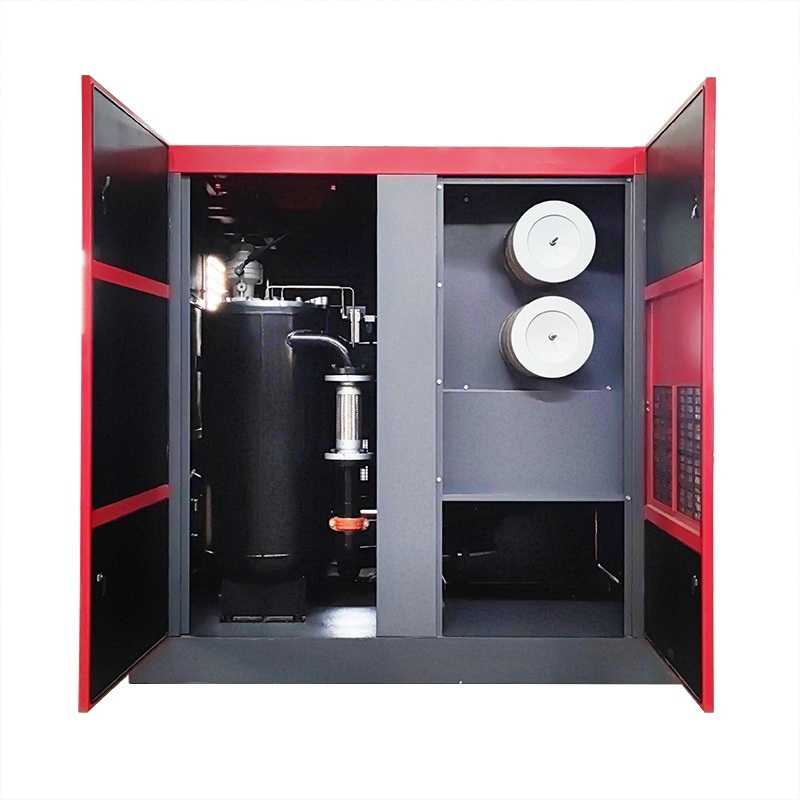
④ Replace worn parts in a timely manner. Excessive wear of air compressor components (such as pistons and cylinders) can result in high-pressure gas entering the crankcase in the combustion chamber, forcing oil leakage.
⑤ Avoid blockage of one-way valves and ventilation valves. If the one-way valve and ventilation valve are blocked, it will cause an increase in temperature inside the box shell, fill the entire space with oil and gas, increase the pressure inside the box shell, and increase the movement resistance of the piston, resulting in an increase in fuel consumption. At the same time, due to the difference in air pressure inside and outside the box shell, it often causes weak sealing and oil leakage.
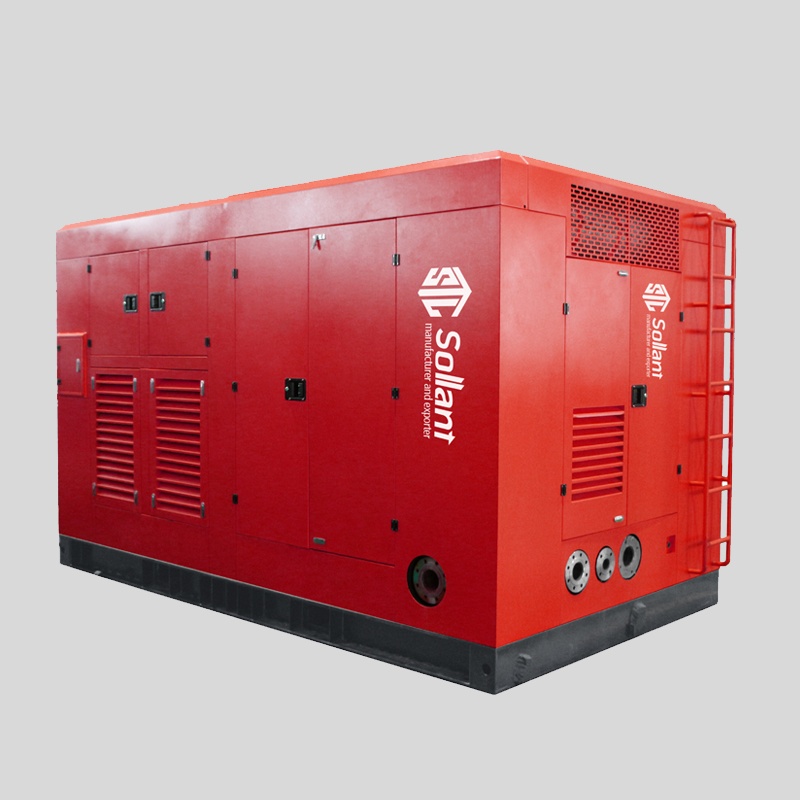
⑥ Ensure the sealing of various oil pipe joints. The connecting nuts used in construction machinery are prone to loosening due to frequent disassembly and assembly, and may become loose due to thread breakage. Poor accuracy of the horn mouth of the two joints, misalignment of the centerline of the two conical surfaces, or different tapers can all cause oil leakage. Grinding method can be used to repair its conical sealing, making the nut tightly compressed and reliably sealed.
⑦ Avoid wheel hub oil splashing. Excessive lubricating grease in the hub bearings and cavity, poor oil packaging and aging failure, as well as high hub temperature and loose axle nuts caused by frequent braking, can all cause hub oil splashing. Therefore, assembly should be carried out according to the process operation specifications.
